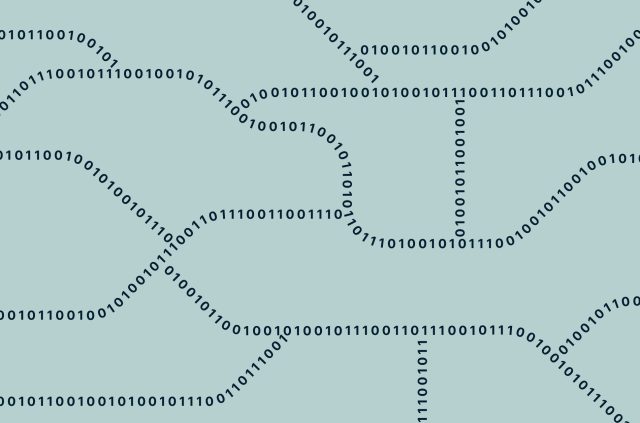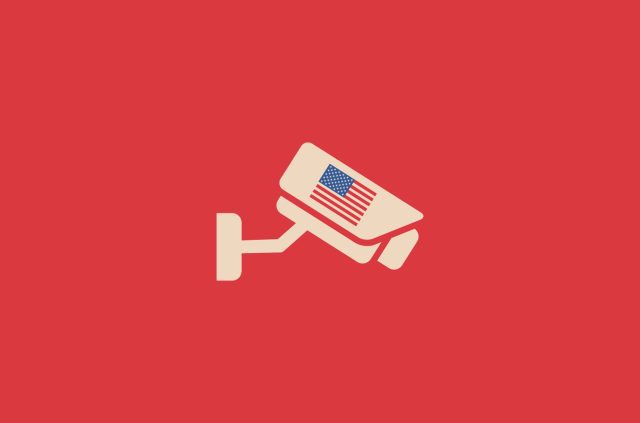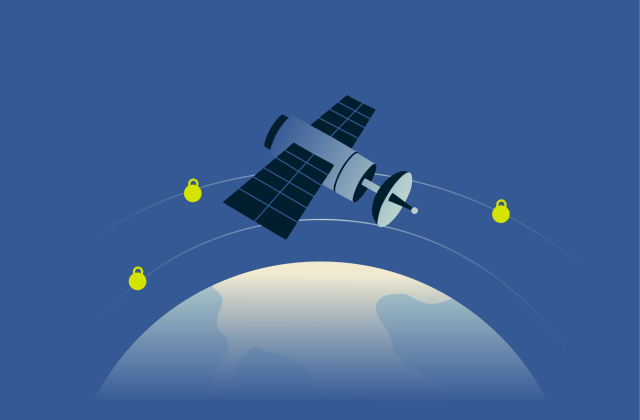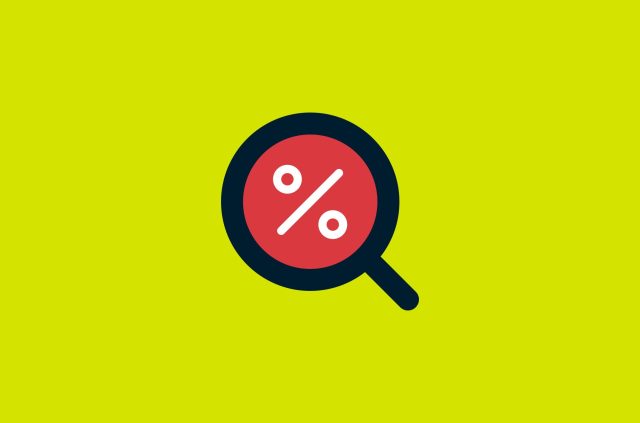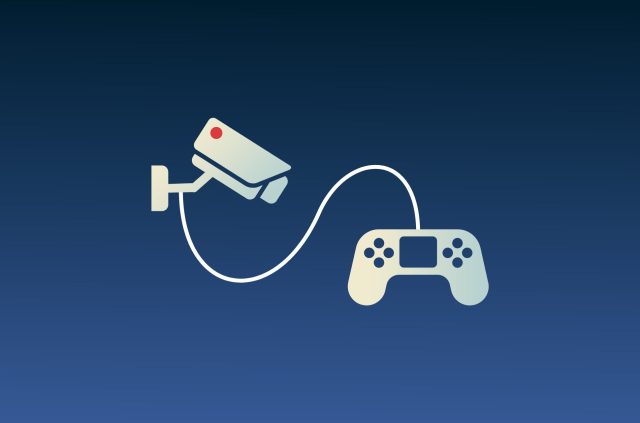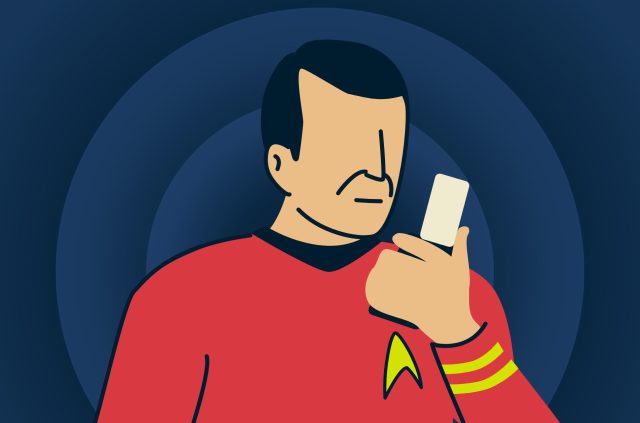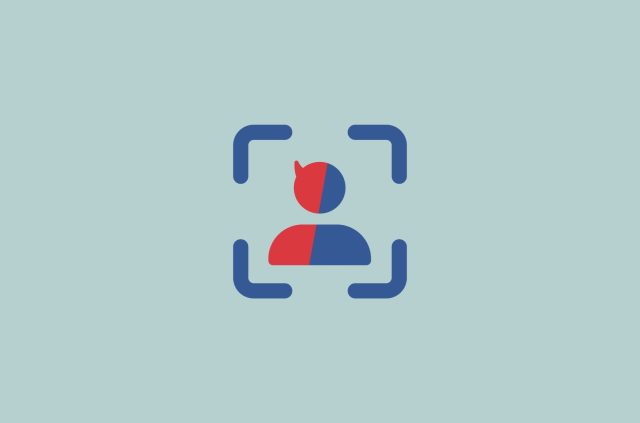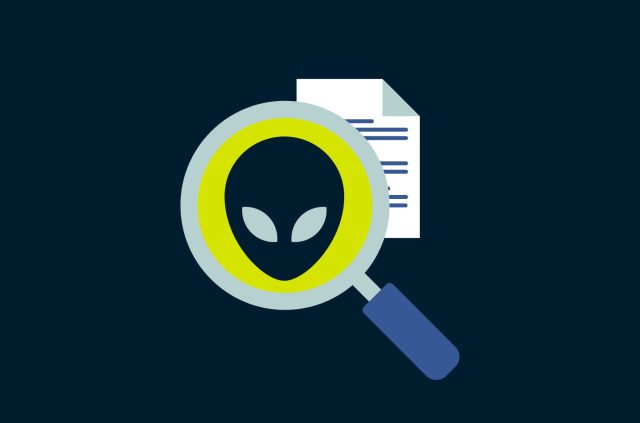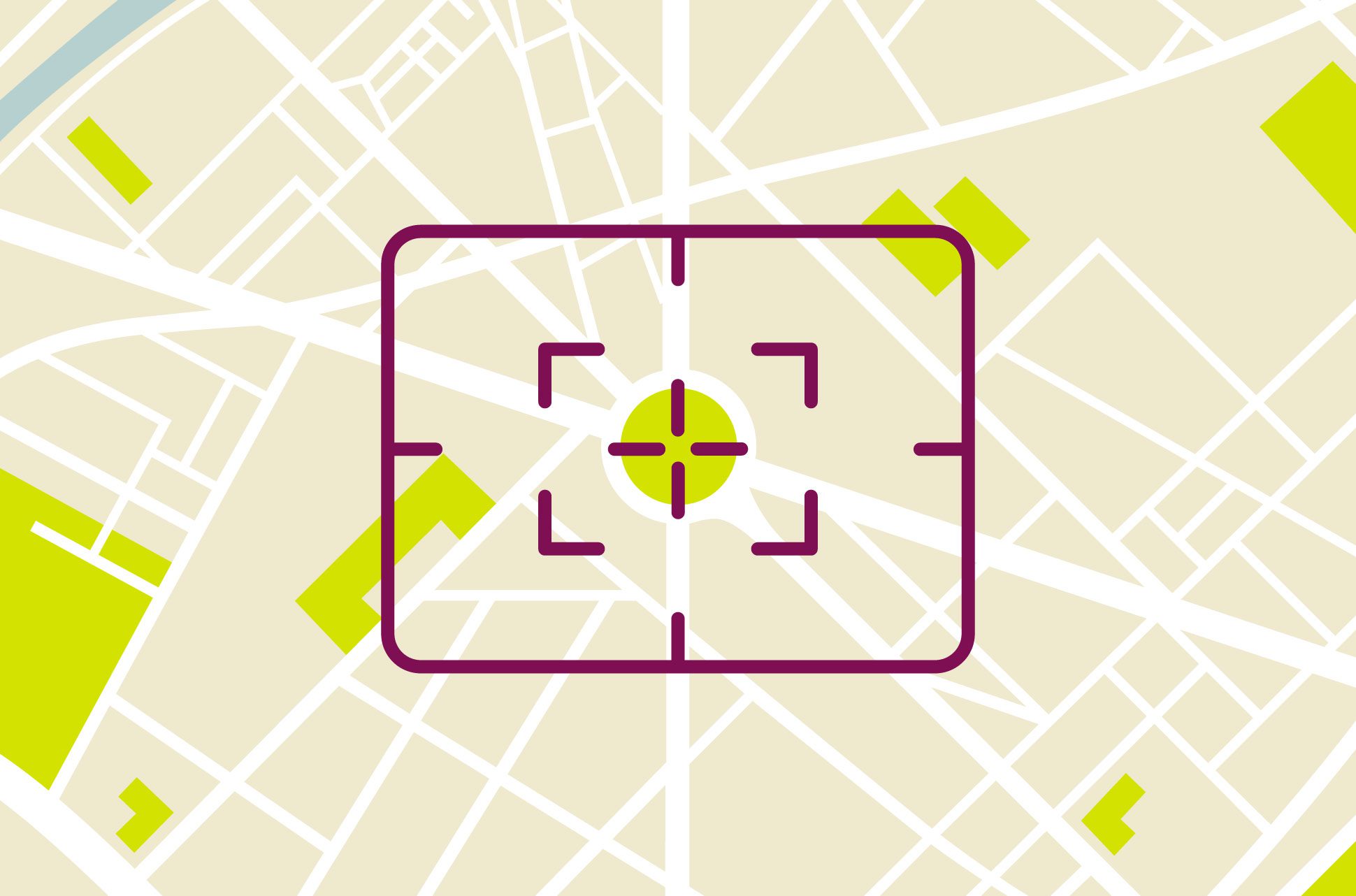
It’s a bird! It’s a plane! Yes, it's a spy plane!
It was recently revealed that in 2020, an FBI aircraft surveillance program logged over 400 hours in monitoring a man in Florida, who was eventually charged with attempting to provide resources to a foreign terrorist organization.
The sheer amount of time in which aircraft were used to watch a single person of interest is notable—as is the fact that the aerial surveillance was conducted without a warrant.
[Get the latest privacy news. Subscribe to ExpressVPN’s Blog Newsletter.]
A case like this raises questions about the legality and ethics of aerial surveillance—which seem to be getting more prevalent. A few examples:
- In 2015, it was announced that airports in London would begin using surveillance drones
- In 2019, U.S. Customs and Border Protection flew an MQ-9 Reaper drone to monitor unrest during protests following the murder of George Floyd
- In 2021, the South Korean military rolled out a plan to use drones for maritime surveillance.
But in fact, spy planes, or their equivalents, have been used by humans for over 200 years. Let’s take a brief look at their history and where we are today.
Read more: 5 biggest scams in history
Late 18th to early 19th century: Balloons and pigeons
In the late 18th century, the French Aerostatic Corps employed the use of observation balloons during the French Revolutionary Wars. Military officers aboard balloons would observe enemy forces from an elevated vantage point and relay intel back to troops on the ground via the use of semaphores.
In 1903, renaissance man Julius Neubronner began fitting carrier pigeons with custom made light miniature cameras to capture aerial snapshots of Frankfurt.
World War I: Mechanical aircraft and aerial photography
The Great War saw the debut of mechanical aircraft for use in warfare. The first recorded use of an aircraft for wartime reconnaissance was in October 1911 during the Italo-Turkish War—a precursor to World War I.
During this period, aircraft types transitioned from lighter-than-air to heavier-than-air, requiring constant development to stay ahead of an adversary. Lighter-than-air units included balloons and light monoplanes such as the Etrich Taube.
With the advent of heavier-than-air machines, combatants were able to mount cameras and lenses onto craft for surveillance. It is widely accepted that during this time, German optical technology far surpassed that of its contemporaries.
By 1915, methods for air-to-ground communication had been established and were in regular use. By the end of World War I, aerial photography had become an inalienable facet of modern warfare.
World War II: Improved cameras
Developments during the Second World War allowed for more sophisticated methods of aerial photography. During this period, British and American war efforts benefited from a higher standard of aerial photography equipment. German optical technology, while still considered to be superior, was not developed specifically for aerial use and was considered to be quite heavy. This often required at least two operators to handle optical equipment on aircraft.
By the end of World War II, some 36 million images were captured directly from aerial surveillance efforts.
Cold War: U-2 spy planes
A “cold war” is classified as a state of political discord and hostility involving threats, subversion, espionage, sanctions, and propaganda—essentially any hostile act short of open warfare. During the period between 1947 and 1991, the United States and the Soviet Union engaged in a series of one-upmanship that included the Space Race, a nuclear arms race, and a series of proxy wars (Korean War, Vietnam War, and Afghanistan War.)
This period saw the development of some of the most recognizable spy planes in modern history including the Lockheed U-2—perhaps most famously in the 1960 U-2 incident. On May 1, 1960, a U.S. U-2 spy plane was shot down by the Soviet Air Defense Forces. Initially the Americans claimed it was a civilian aircraft but were later forced to retract this assertion when the Soviet government produced both the pilot and surveillance equipment from the downed craft.
Modern day: Satellites and drones
In the past 30 years, aerial surveillance methods have shifted from manned aircraft to the use of satellites and drones—or unmanned aerial vehicles (UAV).
In addition to use in warfare, applications for UAVs have also diversified into domestic surveillance and law enforcement.
Domestic surveillance
In 2012, the Electronic Frontier Foundation obtained a set of documents, after filing a Freedom of Information Act request, that outlined every major public and private entity that requested permission to use UAVs domestically. It was discovered that the U.S. Customs and Border Protection was considering outfitting UAVs with non-lethal weapons in an effort to curb illegal entry into the United States from southern borders.
Read more: Smart borders: Hubs of mass surveillance
Law enforcement
In the U.S., citizens have limited rights against aerial surveillance from UAVs—which according to Florida v. Riley outlines that citizens have no right to privacy when being monitored from public airspace. As the use of UAVs and drones increase domestically within law enforcement, several regulations have been issued by various state and federal bodies that outline the necessity in obtaining warrants for aerial surveillance—unless in emergencies. Find out if your state has a law governing the use of drones.
Read more: 10 ways the NSA is spying on you right now
Take the first step to protect yourself online. Try ExpressVPN risk-free.
Get ExpressVPN

